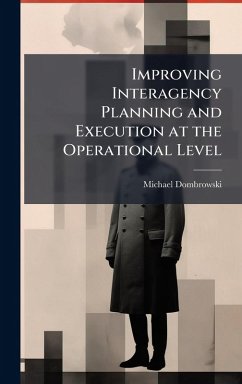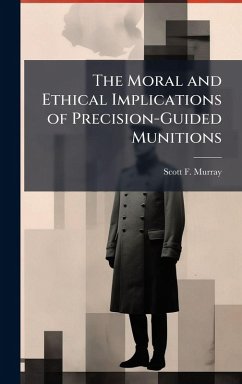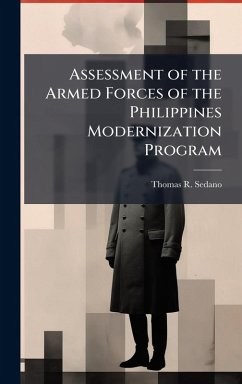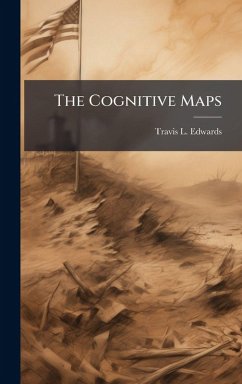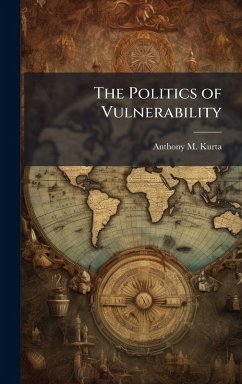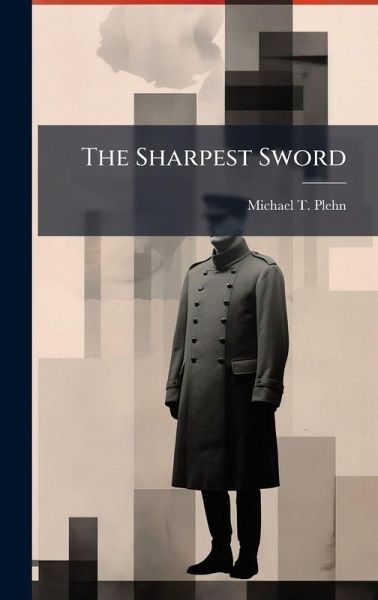
The Sharpest Sword
Versandkostenfrei!
Versandfertig in über 4 Wochen
28,99 €
inkl. MwSt.
Weitere Ausgaben:

PAYBACK Punkte
14 °P sammeln!
Compellence, Clausewitz, and Counterinsurgency -- a seemingly strange trinity -- in actuality, they are closely related subjects with particular relevance in today's world. The United States has engaged in numerous compellent military actions during the decade of the 1990s; the first five years of the new millennium have seen this trend continue. Despite the country's obvious affinity for this form of warfare, there is little written about it in U.S. military doctrine or strategy documents. Similarly, while a clear compellence construct exists within Carl von Clausewitz's seminal book, On War ...
Compellence, Clausewitz, and Counterinsurgency -- a seemingly strange trinity -- in actuality, they are closely related subjects with particular relevance in today's world. The United States has engaged in numerous compellent military actions during the decade of the 1990s; the first five years of the new millennium have seen this trend continue. Despite the country's obvious affinity for this form of warfare, there is little written about it in U.S. military doctrine or strategy documents. Similarly, while a clear compellence construct exists within Carl von Clausewitz's seminal book, On War -- which is studied extensively in military academies and war colleges -- the compellence aspects of Clausewitz's work have not been identified as such previously, and consequently are not emphasized or taught to military officers and strategists. This paper corrects that shortfall and presents Clausewitz's concept of compellence as a coherent framework. Furthermore, with an on-going counterinsurgency effort in Iraq, it is useful to examine the subject of insurgency and counterinsurgency from the standpoint of compellence. This work has been selected by scholars as being culturally important, and is part of the knowledge base of civilization as we know it. This work was reproduced from the original artifact, and remains as true to the original work as possible. Therefore, you will see the original copyright references, library stamps (as most of these works have been housed in our most important libraries around the world), and other notations in the work. This work is in the public domain in the United States of America, and possibly other nations. Within the United States, you may freely copy and distribute this work, as no entity (individual or corporate) has a copyright on the body of the work. As a reproduction of a historical artifact, this work may contain missing or blurred pages, poor pictures, errant marks, etc. Scholars believe, and we concur, that this work is important enough to be preserved, reproduced, and made generally available to the public. We appreciate your support of the preservation process, and thank you for being an important part of keeping this knowledge alive and relevant.





